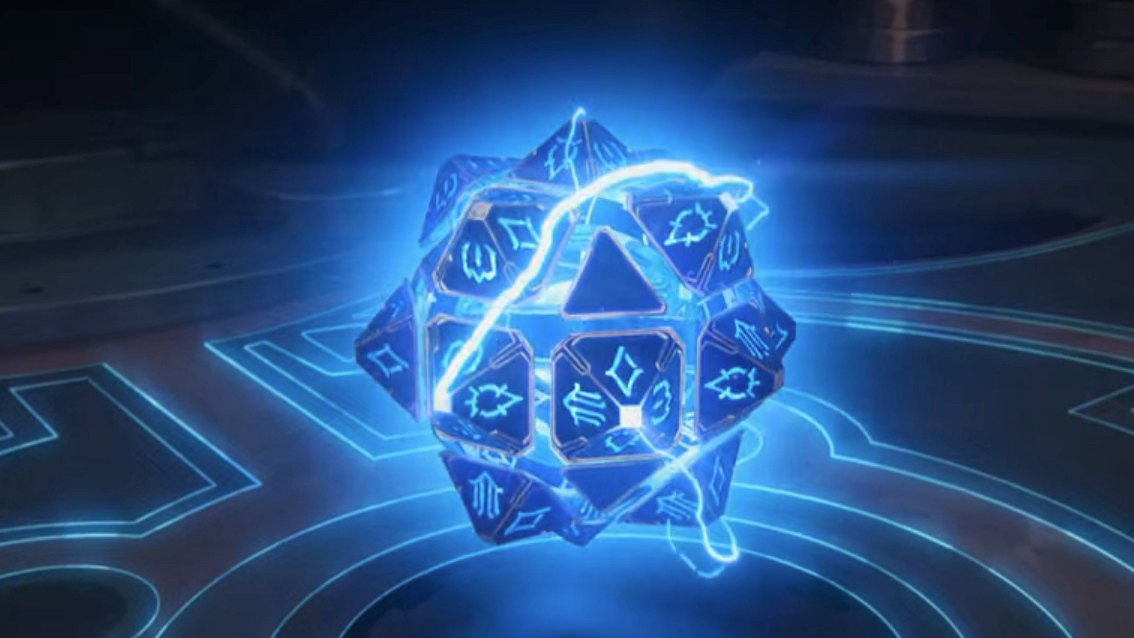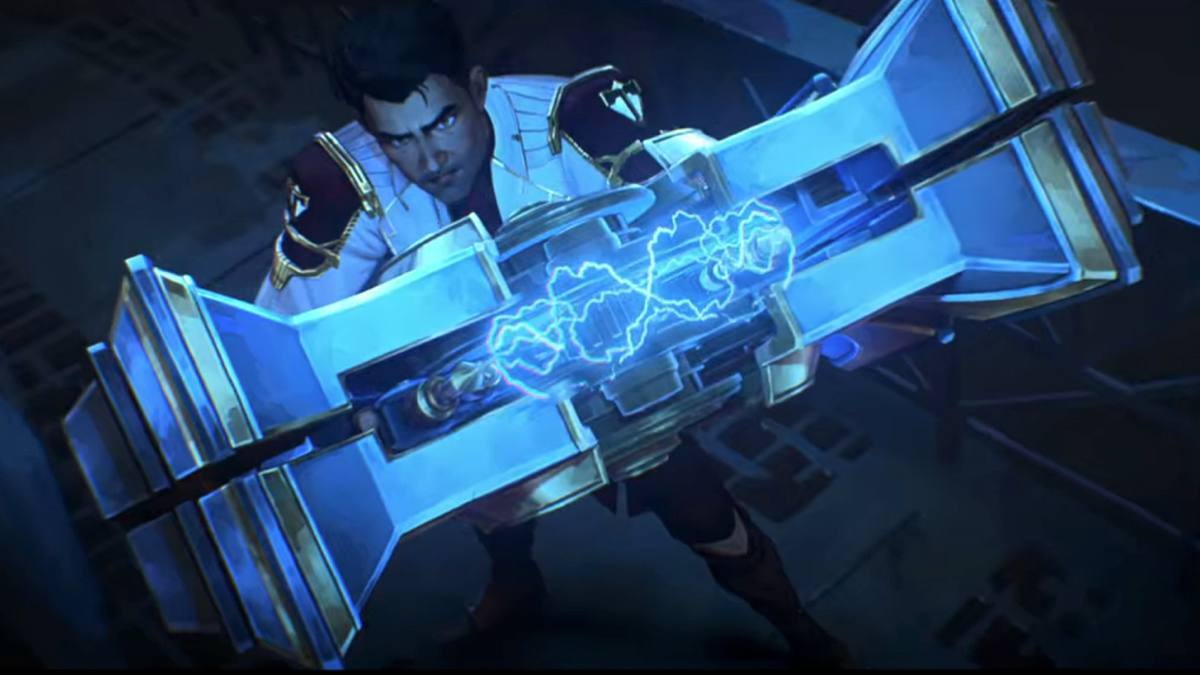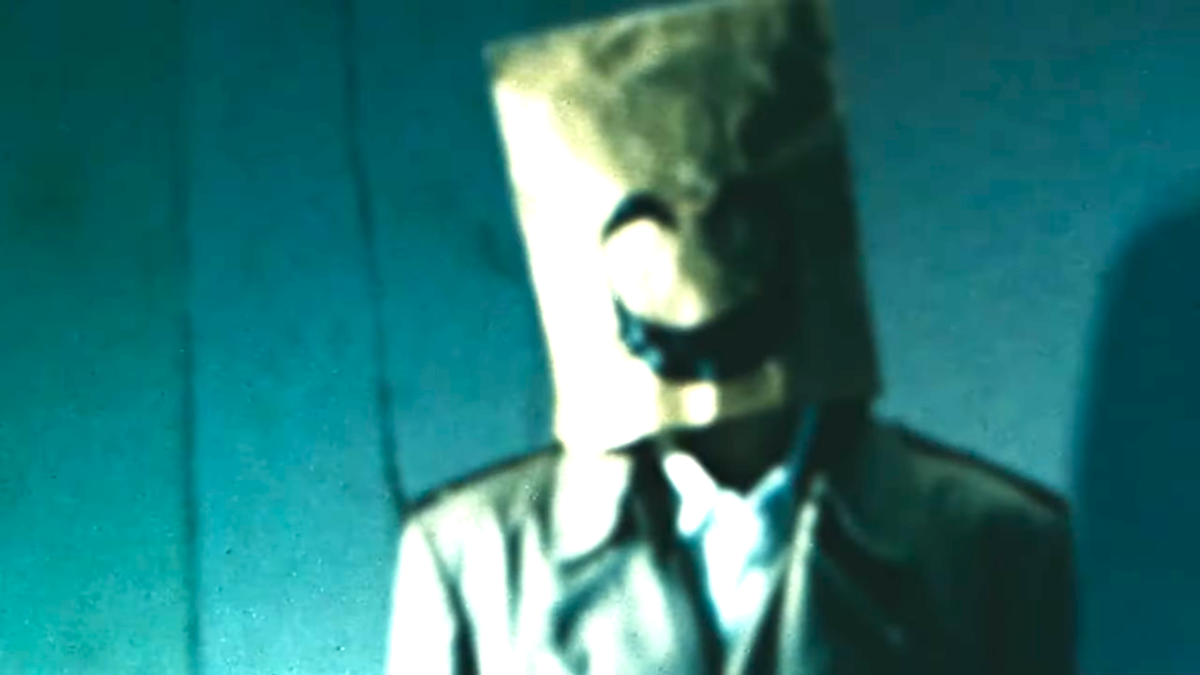Warning: The following article contains spoilers for League of Legends and Arcane season one.
The introduction of new technology sounds like a good thing, right? The innovation of the last few centuries in particular has led to an improved standard of living for many people worldwide, with modern technology increasing efficiency in the areas of medicine, communication, and home appliances, to name only a few. However, as we can gather from not-so-distant historical records, the experimentation that leads to fresh discoveries and hence, the creation of new devices, has to be handled carefully to avoid potential ethical or safety issues. The necessity for this type of approach is explored in Netflix’s Arcane, which is based on popular online video game League of Legends.
In the world of Arcane and League of Legends, Hextech is all the rage, greatly adding to Piltover’s wealth and influence. However, we soon learn that its usage poses major problems, perhaps even more than the issues it solves. So, just what is it, and why is it problematic?
What are Hextech, Hexcore, and Hexgates?

In both Arcane and League of Legends, Hextech is the name of the technological devices created through a fusion of elemental and spirit magic and science, their function powered by the mysterious energy of shiny blue Hex Crystals. Examples of these devices include Vi’s Atlas Gauntlets, Jayce’s Mercury Hammer (also a Mercury Cannon), Viktor’s Hex Claw, Jinx’s rocket launcher Fishbones, and Caitlyn’s Hextech rifle. Although many Hextech devices are weapons, some are simply designed to operate as tools. For instance, Viktor’s “mechanical arm,” Hex Claw, boasts a powerful laser meant to help artificers, while Vi’s “robotic hands,” Atlas Gauntlets, are supposed to allow miners to crush boulders.
Just like these, Hexgates are Hextech tools. They’re portal devices that allow airships to travel at unbelievably fast speeds to anywhere in the world, which increases the wealth and influence of Piltover through improved trade efficiency, while also making it a center of learning and innovation since scholars can now travel there easily.
Then there’s Hexcore, a levitating, adaptive, and interchangeable rune matrix powered by a Hex Crystal, which is referred to as “Hextech that evolves.” Upon taking one look at it in Arcane, Professor Cecil B. Heimerdinger voices his disapproval of the device, stipulating that objects like it have ruined countries and that it should be destroyed immediately. However, his advice goes unheeded, and a sick Viktor continues to take particular interest in the item, theorizing that it might lead to the creation of healing magic, thereby augmenting physiology and extending life. After realizing that the object responds to organic matter, causing a plant to grow huge within seconds (although it dies shortly after, rejecting the transmutation), he gains enough hope to start experimenting on his own failing body.
Although the Hexcore is technically working so far in Arcane, it’s also shown to be extremely dangerous to use. By offering it his blood after consuming Shimmer and carving runes on his body, Viktor is successful in turning his bad leg and hand into functional purple metal devices, permitting him to utilize them normally. However, his risky experiment leads to the death of his assistant and friend, Sky, who disintegrates into a pile of ash after saving him from being consumed by the Hexcore.
Despite their many uses in Arcane, Hex Crystals (and the devices they power) are shown to be extremely dangerous. Although they sometimes just seem like fun magic balls that make people float and provide instant transportation, the fact is, they’re actually weapons, possessing the potential to cause horrific explosions.
What’s the history behind the Hex Crystals?

Although Arcane has yet to do so, League of Legends has explored the history behind Hex Crystals, with some important differences already evident between the video game and TV show. Perhaps most notably, in League of Legends, Jayce Talis isn’t the inventor of Hextech, a detail that the plot of Arcane reverses. According to the video game’s lore, Hextech was developed by Clan Ferros long before he arrives on the scene. However, that being said, Jayce is still responsible for the furthering of Hextech, such as developing the Hexgates that make Piltover a center of trade.
Although the discovery of the Hex Crystals creates many victims in Arcane, what the show hasn’t revealed yet is where they come from. As seen in League of Legends, the shiny blue balls are actually extracted from the exoskeletons of a magical, scorpion-like species called Brackern that exist in the desert sands of the country of Shurima. The crystals, also known as “Namestones,” contain the “souls” of these creatures. Such being the case, their bodies are unable to live without the supportive crystal, and they never wake again once it has been removed. The Brackern can live for millennia and sometimes hibernate for hundreds of years, like they did during the destructive Rune Wars waged by humans over the powerful World Runes. Therefore, they’re often asleep when thieves from Shurima or Piltover come to steal their crystals, although they try to fight them off when awake.
Mages were the first to discover the crystals, but they were studied by scientists once Clan Ferros learned of their existence, and received the name “Hex” or “First Crystals.” Because there was only a limited supply of legitimate Hex Crystals, Clan Ferros opted to create synthetic versions, which turned out to be more unstable than the real ones. Their creation also increased the Zaunite pollution problem, raising the level of air toxicity in The Undercity.
It’s currently unknown how Arcane will tackle the details regarding Hex Crystals’ origins. However, it’s likely that at least some of the original lore from League of Legends will match up.








Published: Dec 8, 2022 10:27 am